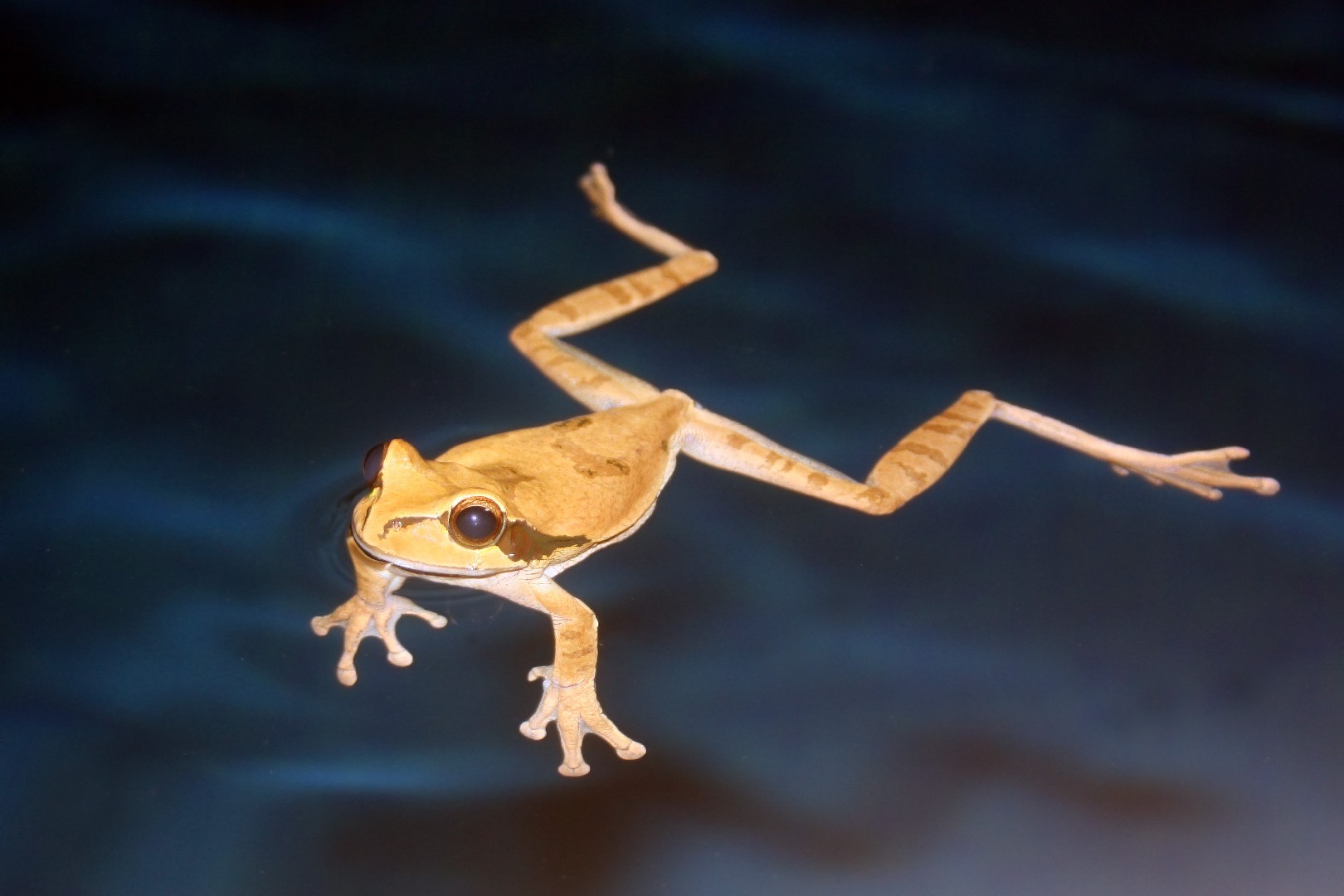New granada cross-banded tree frog
A species of Mexican burrowing tree frog, Also known as Tarraco treefrog Scientific name : Smilisca phaeota Genus : Mexican burrowing tree frog
New granada cross-banded tree frog, A species of Mexican burrowing tree frog
Also known as:
Tarraco treefrog
Scientific name: Smilisca phaeota
Genus: Mexican burrowing tree frog
Content
Description General Info
 Photo By Charles J. Sharp , used under CC-BY-SA-3.0 /Cropped and compressed from original
Photo By Charles J. Sharp , used under CC-BY-SA-3.0 /Cropped and compressed from original Description
The New Granada cross-banded tree frog (Smilisca phaeota, also known as the masked tree frog) is a species of frog in the family Hylidae found in Colombia, Costa Rica, Ecuador, Honduras, Nicaragua, and Panama. Its natural habitats are subtropical or tropical dry forests, subtropical or tropical moist lowland forests, rivers, freshwater marshes, intermittent freshwater marshes, plantations, rural gardens, urban areas, heavily degraded former forests, ponds, and canals and ditc
General Info
Lifespan
5-10 years
Diet
New granada cross-banded tree frog is principally an insectivore, hunting actively at night to feed on small arthropods. Its diet, however, diversifies in the rainy season, when it consumes various terrestrial and aquatic invertebrates.
Appearance
New granada cross-banded tree frog is a medium-sized frog with smooth skin, varying in length from 3 to 8 centimeters. It exhibits a vibrant shade of green, often edged with a thin yellow or orange line around the lips and flank. Males may present a vocal sac which resembles a bubble beneath the throat. Dark, semi-circle patches appear on the flanks, sometimes fused into a single, notable band. There is no marked contrast in appearance due to age or gender.
Behavior
New granada cross-banded tree frog is a nocturnal, arboreal species, typically solitary except during breeding. Notable for its unique breeding behavior, it congregates in temporary pools formed by heavy rains, often in large numbers. New granada cross-banded tree frog's vocalizations, intensifying after rain, mark its territory. Its survival adaptations include cryptic coloration complementing its leaf-litter habitat.
Population
Increasing